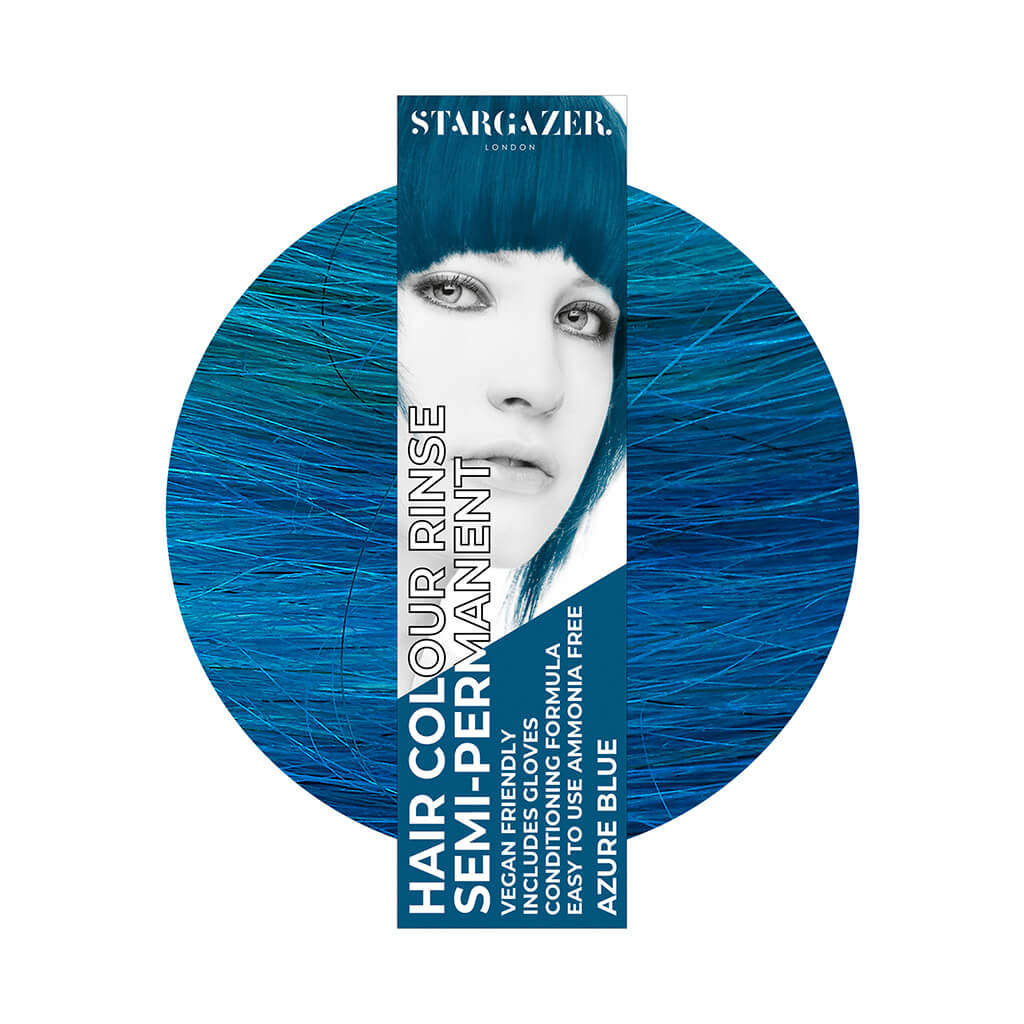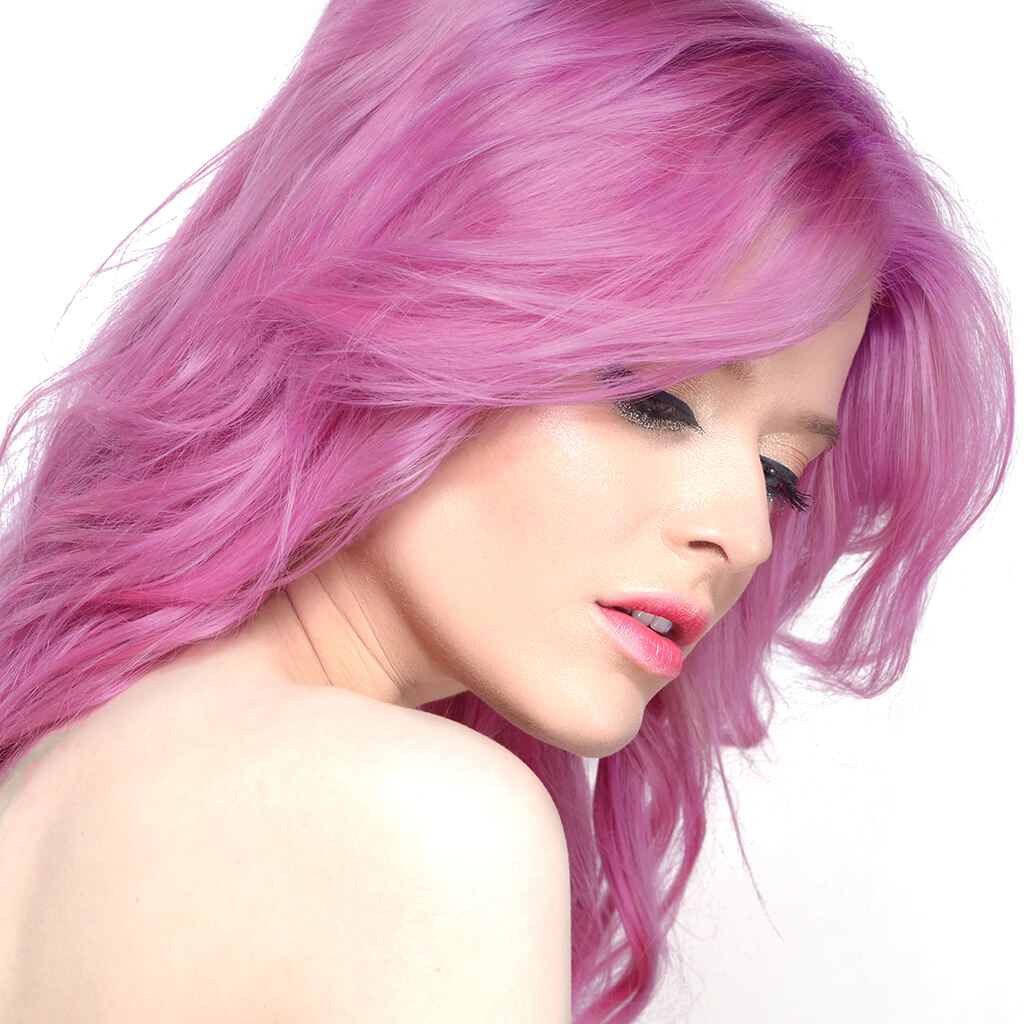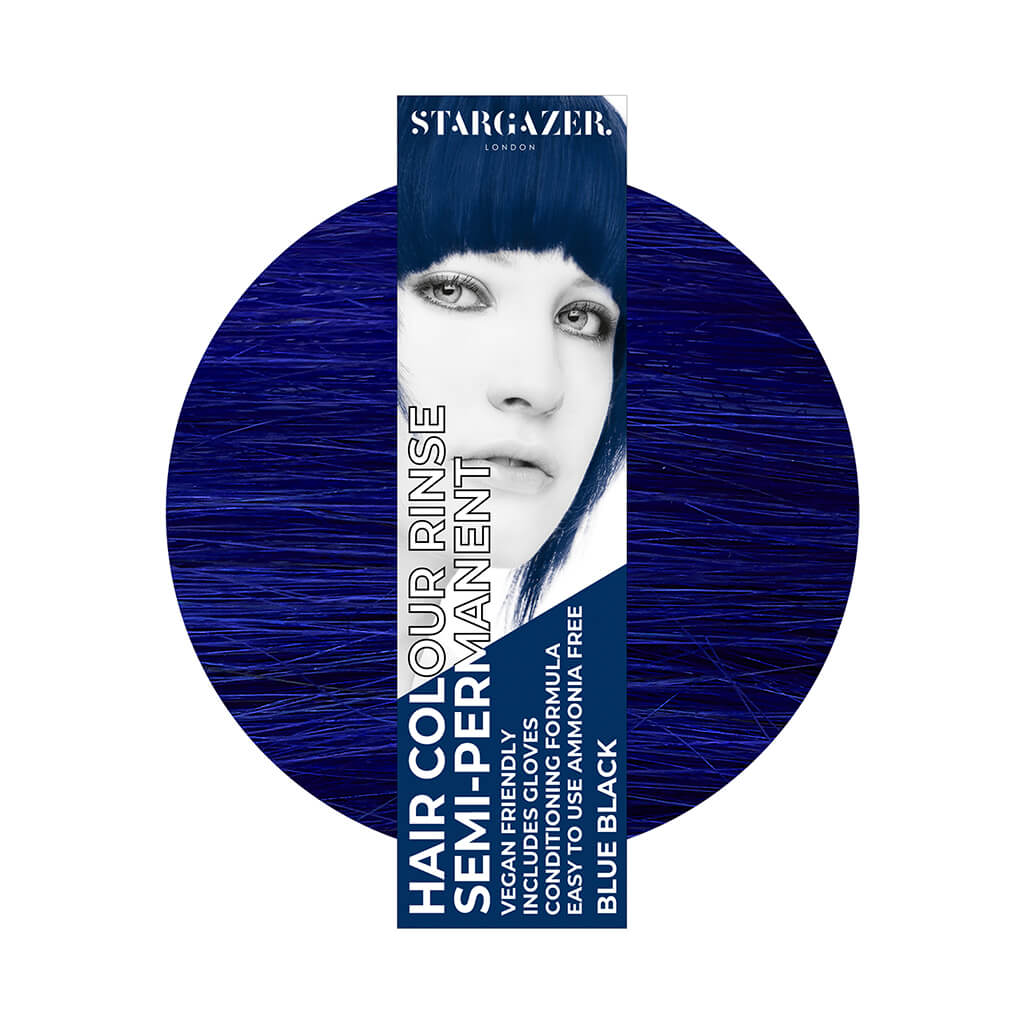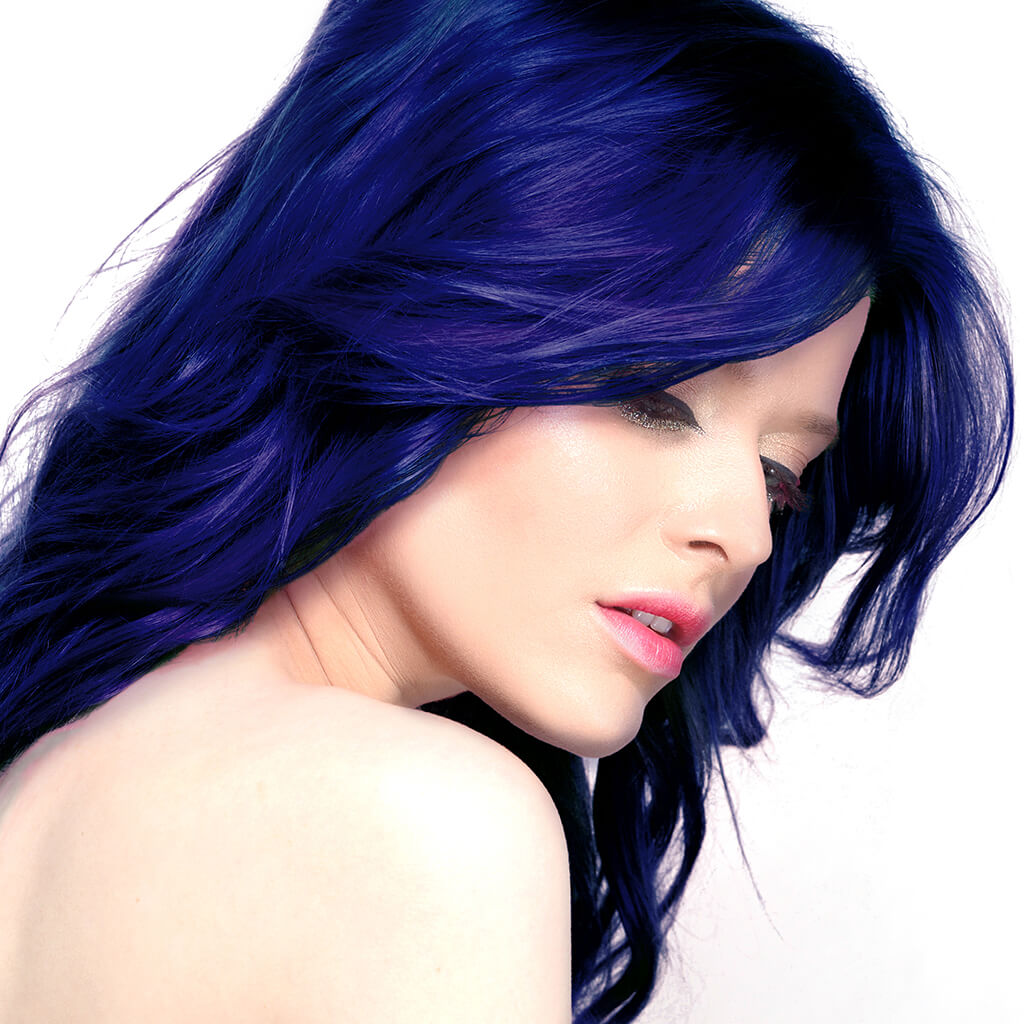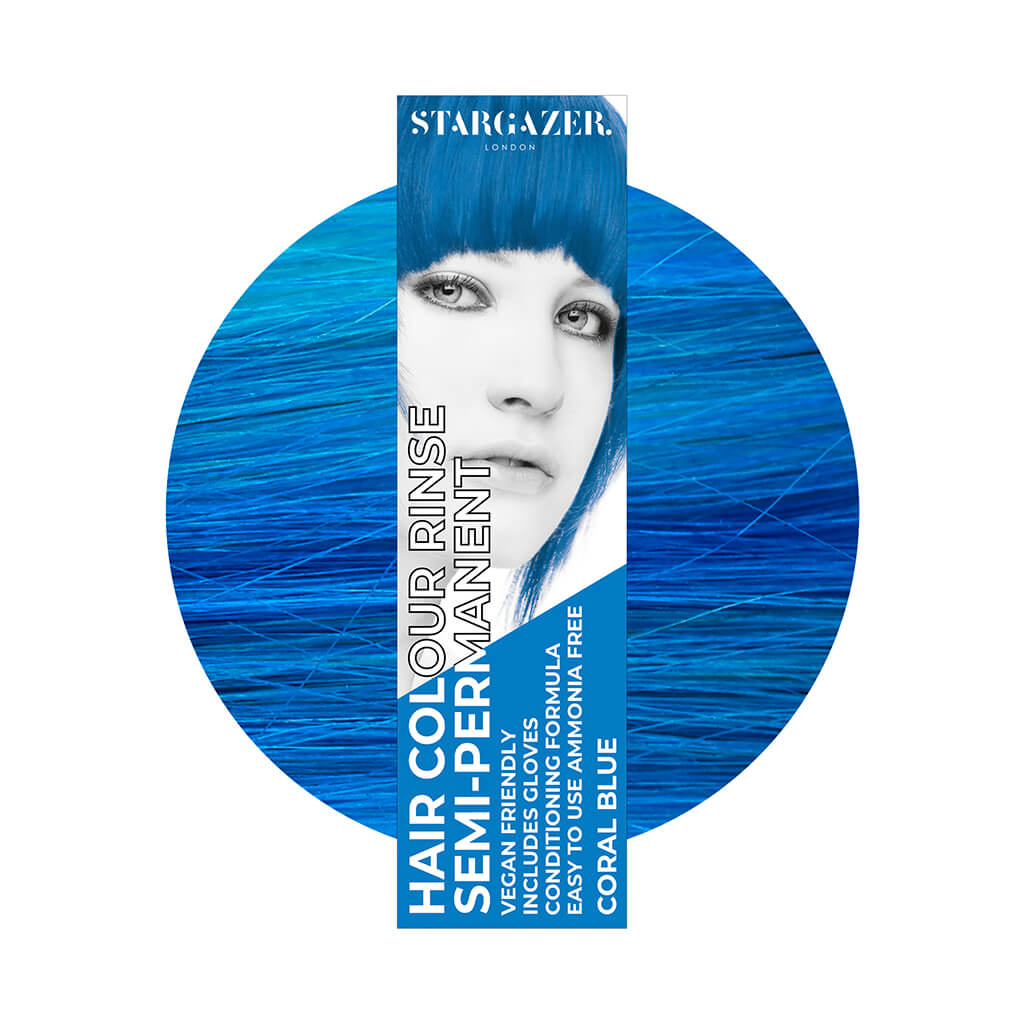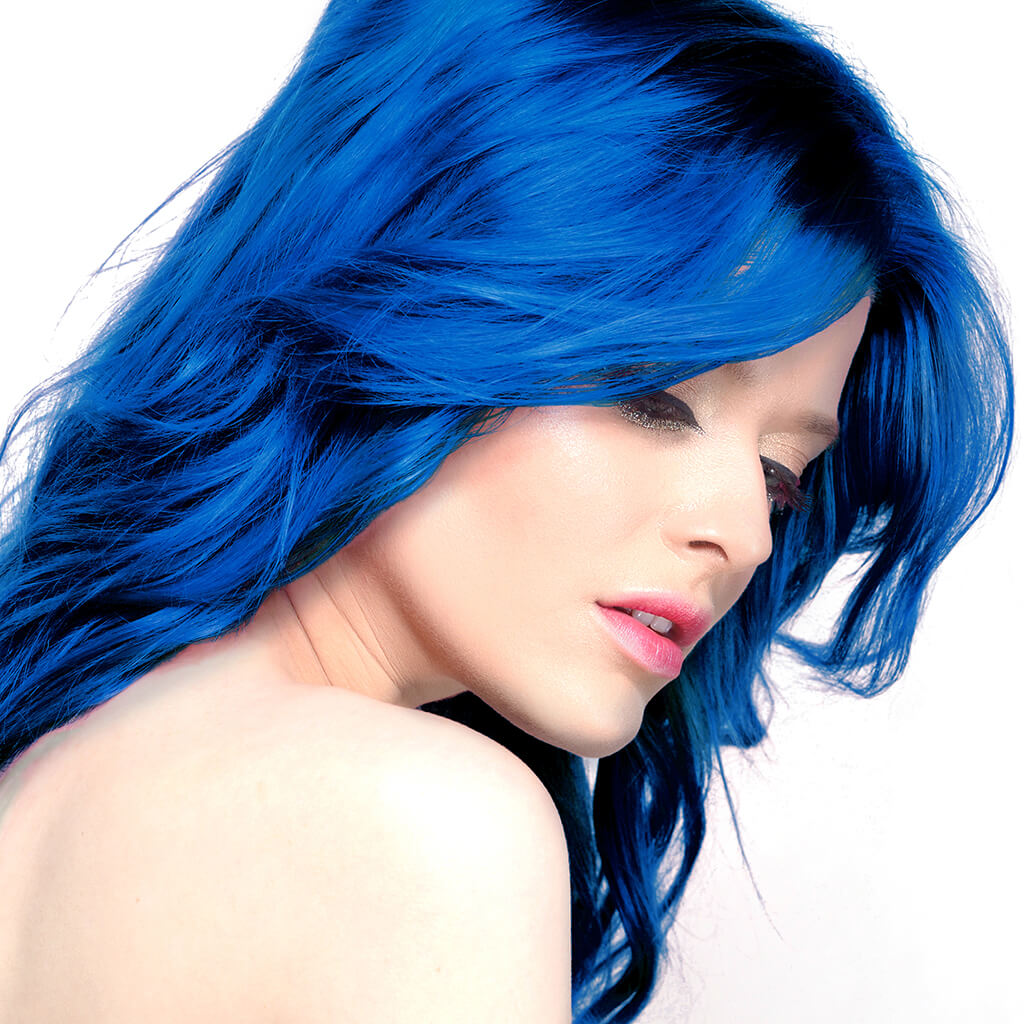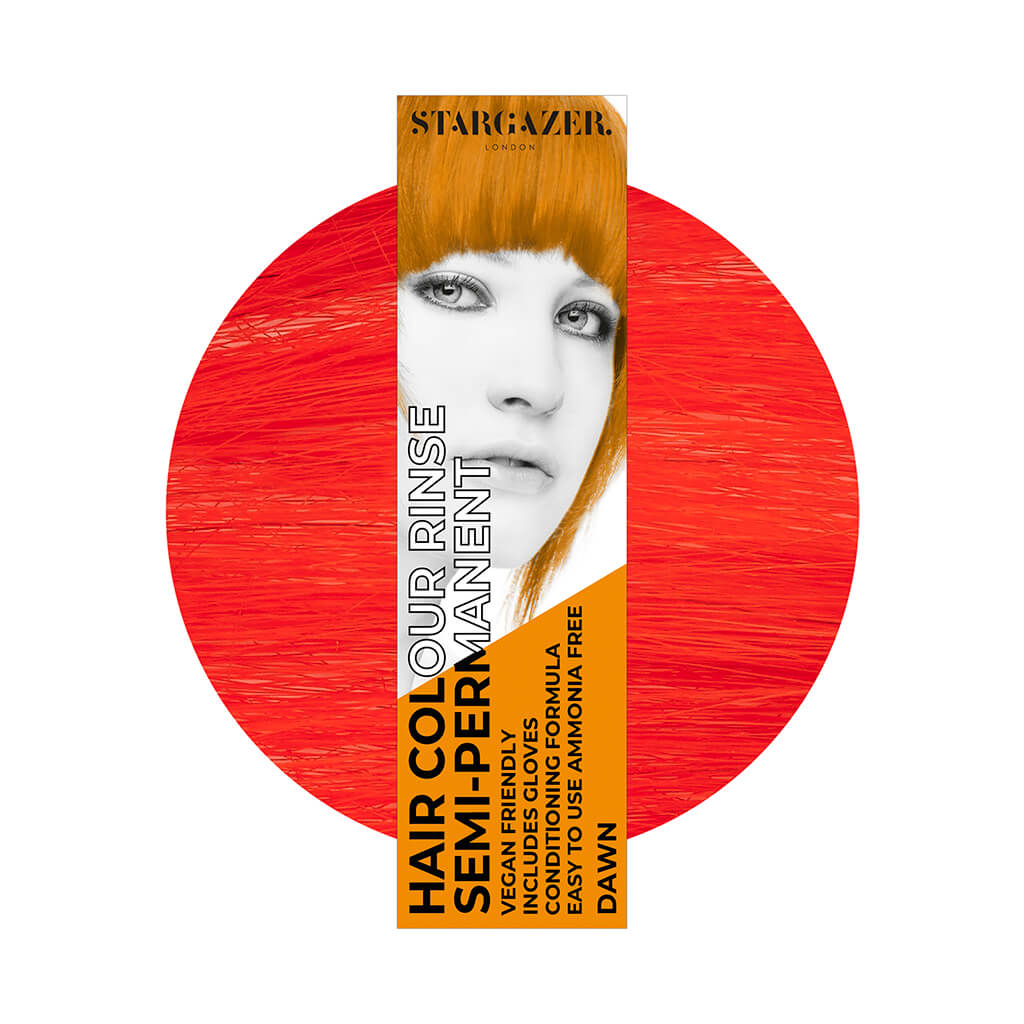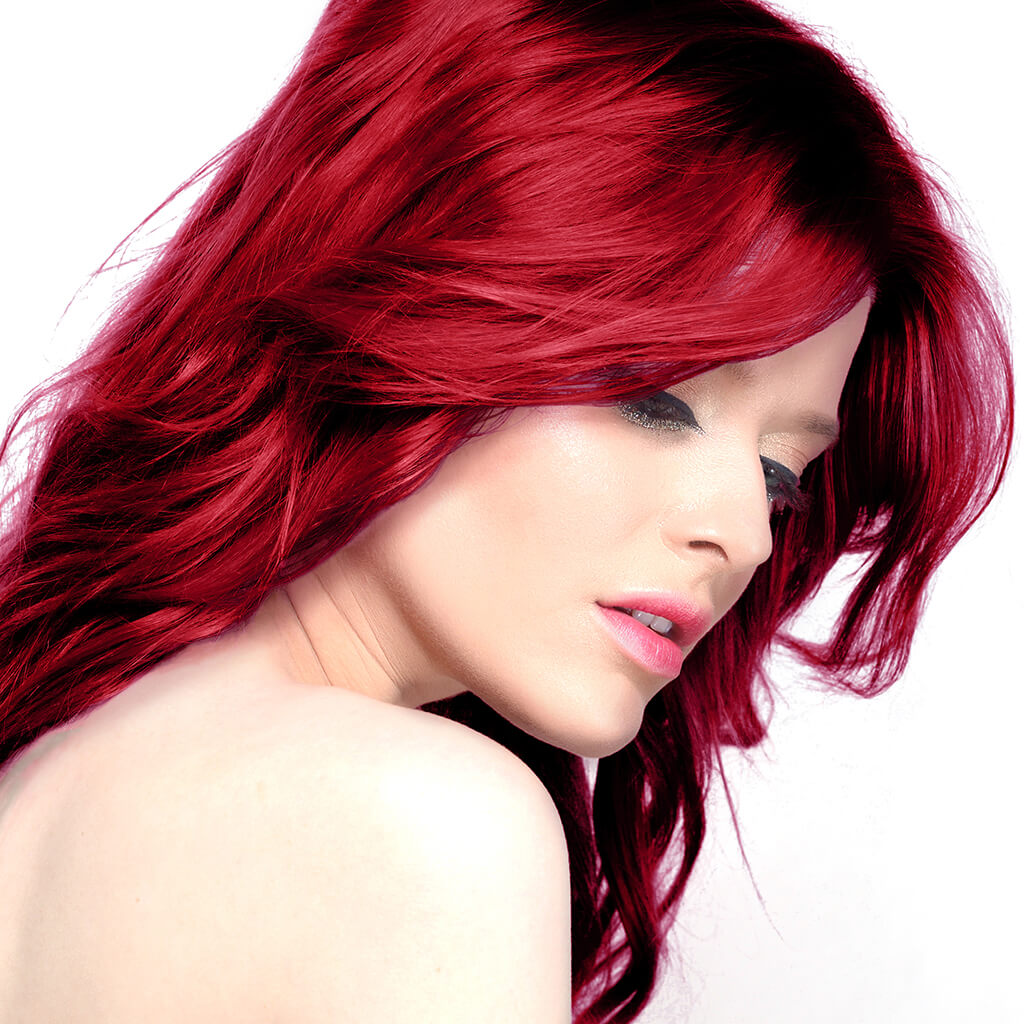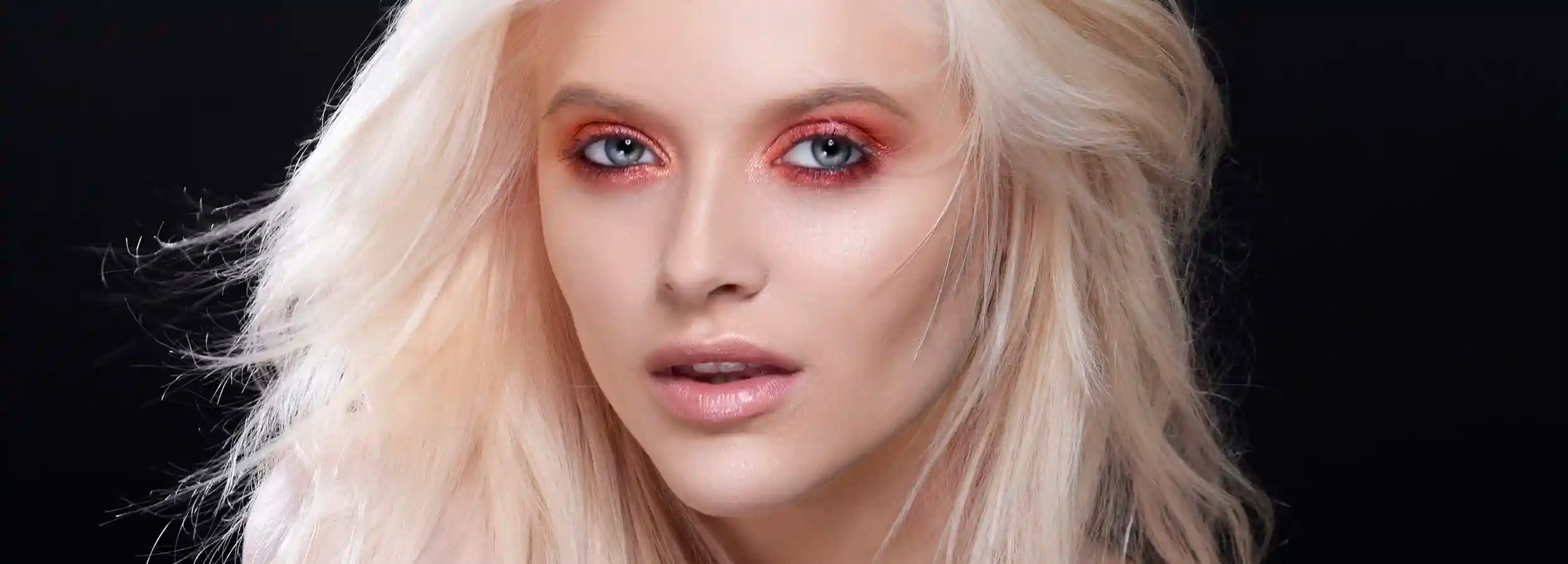
Why You Should Bleach Your Hair Before Applying Semi-Permanent Hair Dyes
Technical and Practical Reasons
1. How Semi-Permanent Hair Dye Works
Semi-permanent hair dye works by depositing colour onto the outer layer of the hair, known as the cuticle. Unlike permanent dyes, which penetrate deep into the hair shaft, semi-permanent dyes adhere to the surface, coating the hair without altering its internal structure. The hair cuticle consists of overlapping scales that protect the hair's inner layers. When applying semi-permanent dye, the product binds to these scales, holding onto the cuticle and creating a vibrant outer layer of colour.
2. Colour Theory 101: How Hair Dye Interacts with Your Natural Hair
When the hair dye deposits onto the hair it does not change your hair's natural colour, basically it just sits on top of each hair strand. If your hair is darker than the dye you're applying, the result will be a combination of the two, often leading to muted or completely different tones than expected.
- Light Hair (Pre-Bleached): When applying a pastel, light colour or vivid colour to bleached, light hair, the dye shows up exactly as it looks in the bottle. The lighter base allows the semi-permanent colour to sit on top without interference from underlying pigments. This is like drawing with a yellow pencil on a blank paper. It shows up as intended.
- Dark Hair: On unbleached dark hair, vibrant dyes cannot penetrate enough to fully change the shade. The darker pigments dominate, meaning your bright blue may end up looking muddy or won’t show at all. This is like drawing with a yellow pencil on top of a black paper. The yellow mark is hard to see as the black overpowers the lighter colour.
3. Bleaching Prepares the Hair Shaft for Optimal Colour Absorption
Hair bleach lifts the natural pigments from your hair and opens the hair cuticle during the chemical process to allow for better colour absorption. The cuticle is the outer layer of the hair shaft, and when it's lifted during bleaching, it allows the semi-permanent dye to cling and deposit more effectively, giving you a brighter, bolder colour payoff. There are more places that the colour molecules can hold on in bleached hair.
- Unbleached Hair: The hair cuticle remains somewhat closed, making it harder for the dye to latch onto the hair and deposit colour evenly.
- Bleached Hair: With a fully open cuticle, the colour can deeply penetrate the hair shaft and last longer.
4. Bleaching Achieves the Perfect Canvas for Light Colours
One of the most common technical reasons for bleaching hair is that certain colours—especially pastels or light colours—simply won’t show up on dark hair. To achieve true pastel shades (like lavender or baby pink), the hair must be lifted to a pale blonde base, as the hair's dark pigments will overpower these delicate colours.
- Why Pastels Need Bleached Hair: Pastel dyes are semi-translucent and don’t contain strong enough pigments to cover darker shades. A bleach lift removes that interference, leaving a clean slate for the pastel dye to fully reveal its true tone.
5. Achieving Consistent Colour Across Your Hair
Bleaching ensures a more uniform starting point. If your hair is naturally multi-toned or has some sections darker than others, these variations will affect the final colour when applying a semi-permanent dye.
- Before Bleaching: Uneven tones in your natural or dyed hair can lead to patchy results, where some sections may appear more vivid than others.
- After Bleaching: You create an even, neutral base so that the dye can be applied consistently across your entire head.
6. Longer-Lasting Results with Bleached Hair
Semi-permanent dyes, by nature, fade after several washes. However, bleaching your hair beforehand can help extend the life of the colour. This is because pre-bleached hair absorbs more dye, resulting in a more intense colour saturation that takes longer to wash out.
- On Non-Bleached Hair: Since the dye doesn’t penetrate as well, it fades more quickly and may not even show well from the start, making reapplication necessary much sooner.
7. Custom Colour Creations and Better Control
Bleaching provides flexibility for creating custom hair colours. If you want to blend semi-permanent colours or create a gradient effect, starting with a bleached base gives you better control over the final look.
- Unbleached Hair: Trying to blend multiple colours on darker hair is often unpredictable and can lead to unexpected muddy tones.
- Bleached Hair: Allows you to mix and match colours with greater control, leading to more vivid, creative styles.
8. Avoid Unwanted Warm Tones
Many darker hair types, especially those with natural red or golden undertones, will not respond well to cool-toned semi-permanent colours like blues or greens without bleaching. Bleaching your hair can neutralise those warm tones, making it easier to achieve cool shades without unwanted brassiness.
- Unbleached Hair: Warm undertones may react with cool-toned dyes, resulting in unexpected colours (for example, blue dye on dark blonde hair could turn greenish).
- Bleached Hair: Achieves a cool-toned base that allows for clearer, cooler colours to shine through.
9. A Warning, Caring for Bleached Hair
It’s important to note that bleaching is a chemical process that can weaken your hair. Over-bleaching, or bleaching too frequently without allowing your hair time to recover, can lead to breakage, dryness, and split ends. For this reason, it’s crucial to space out bleaching sessions and give your hair plenty of time to heal.
- Avoid Bleaching Too Often: Hair that is frequently bleached without sufficient recovery time can become brittle and prone to damage.
- Allow Time Between Bleaching: Ideally, wait several weeks before bleaching again, and in between, nourish your hair with hydrating treatments to maintain its strength and health.
Conclusion: Bleach, Then Colour for the Best Results
In the world of hair colouring, bleaching is the key to unlocking the most vivid, long-lasting results with semi-permanent hair dyes. It gives you the blank canvas you need for bold colours to truly pop. Whether you're going pastel, vibrant, or somewhere in between, bleaching ensures your hair dye delivers the exact shade you desire.
Just remember to treat your hair with care, space out your bleaching sessions, and use nourishing products to keep your hair looking and feeling its best!
Check out our other articles.
How To Remove Semi Permanent Hair Dye
Semi Permanent Hair Dye
Keep me updated
Newsletter
Sign Up For Stargazer News And Special Offers.






